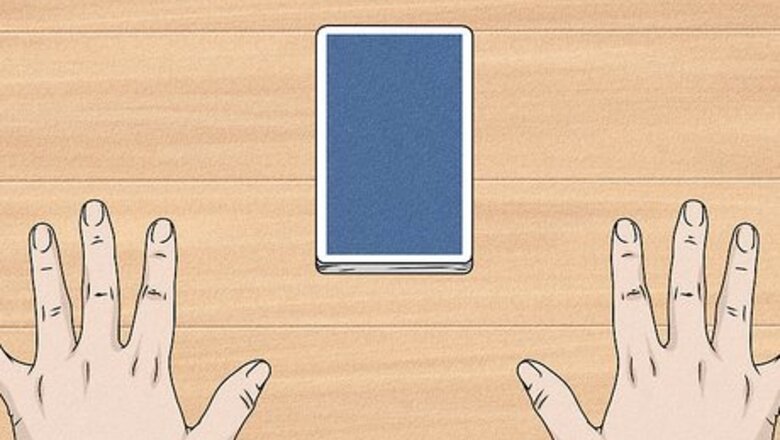
views
- Prepare a clutter-free space for your reading. Make the area peaceful and cleanse negative energies by burning incense, using healing crystals, or lighting a candle.
- Clear your head and set your intention. Come up with a singular question or focus for your reading, so you can gain a clear answer from the cards.
- To conduct a simple one-card reading, select one card from the tarot deck. Study the card and meditate on its message, using the interpretation guide that accompanies your deck.
Preparing Your Space & Setting Your Intentions

Pick a quiet, clutter-free space, and cleanse its energy. Your physical space can easily affect your internal state, so it’s important to create a serene, distraction-free setting. This will allow you to approach your reading with a clear mind. Whether you choose to perform your reading at a desk, at the kitchen table, or on a blanket on the ground, take a few minutes to remove clutter and make it clean and peaceful. Take your time and make this step part of your process. It all adds to the experience of doing your tarot reading! Consider lighting a special candle or arranging meaningful pictures and objects near you. Clear the energy of the space by lighting incense, burning sage or palo santo, or placing healing crystals around.

Calm your mind by meditating or taking deep breaths. Doing a tarot card reading for yourself is similar to doing it for someone else—you want to be in a good mental space and calm your internal chatter as much as possible. Whether you take 10 minutes to meditate or spend 5 minutes focusing on your breath, choose some kind of centering activity that focuses your mind and spirit. If you make readings part of your daily routine, this can be a great way to calm your mind before a busy day!
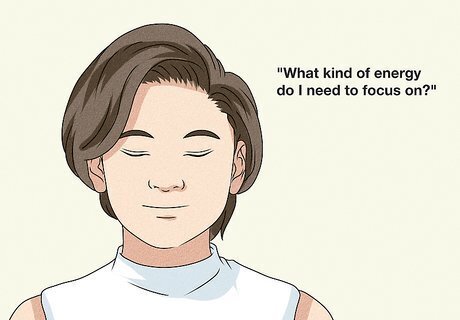
Set your intention for your reading before you begin. This can be broad, like looking for guidance for the day, or something more specific, like what you should do about an argument you had with your best friend. Try phrasing your intention as a question, and roll it over in your mind several times to focus on it. Consider some of the following prompts: What do I need today? What kind of energy do I need to focus on? How can I create more harmony in my life or a specific relationship? What is going on with my love life? What unresolved feelings or habits do I need to address? Keep in mind that tarot readings aren’t about predicting the future, but instead, they offer guidance and challenge you to be more intuitive and reflective.
One-Card Tarot Reading
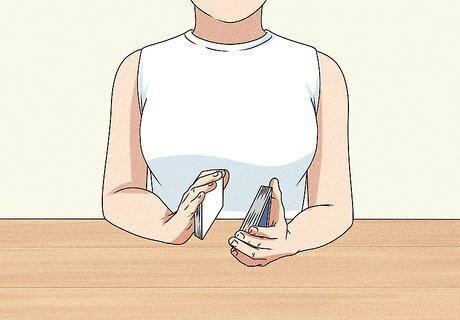
Shuffle your tarot cards while holding your question in your mind. There’s no right or wrong way to shuffle your cards, so follow your intuition. You can even spread your cards out in front of you facedown so that there’s a giant pile to choose from. You don’t have to shuffle your cards the same way each time, though you might like having a set routine or rhythm you follow for your personal readings. EXPERT TIP Annabelle Reyes Annabelle Reyes wikiHow Staff Writer Annabelle earned her B.A. in English with departmental honors from UCLA in 2020. Her writing has appeared in various online publications and magazines. She now writes and edits for the content team at wikiHow with the goal of making expert knowledge accessible to anyone. She loves learning, and she is passionate about writing clear, accessible, and enjoyable content for all of wikiHow’s readers. Annabelle Reyes Annabelle Reyes wikiHow Staff Writer "If you’re looking to purchase your first tarot deck, I recommend The Modern Witch Tarot Deck. The illustrations are beautiful modern interpretations of the traditional Rider Waite illustrations, and I really enjoyed studying them while I was learning how to read tarot."
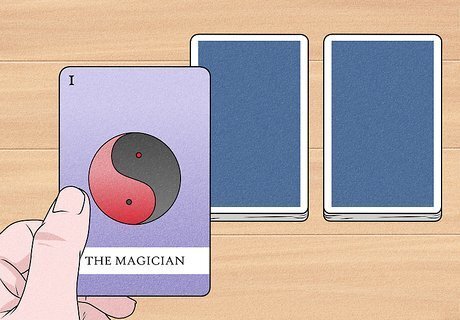
Pick a single card from the pile. You could select the top or bottom card from the deck, or cut the deck and choose a card from the middle. Flip the card over to discover what card you picked, and take a minute to study the image. As with shuffling, how you pick a card is a personal preference. Let your intuition guide you.
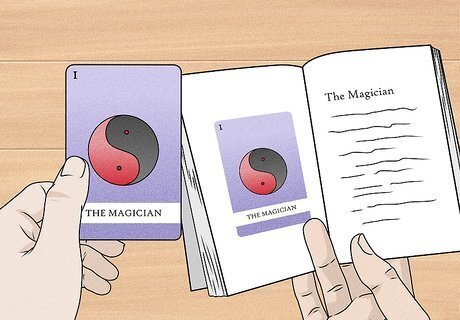
Read the description for the card in the booklet your deck came with. The deck you’re using most likely includes a booklet that contains a breakdown of each card. This can be tremendously helpful if you’re a beginner. Take a few minutes to thoughtfully read and re-read this information, and think about how it connects to the intention you set at the beginning of your reading. If your tarot deck didn’t come with a booklet of explanations, try looking up the card’s meaning online.
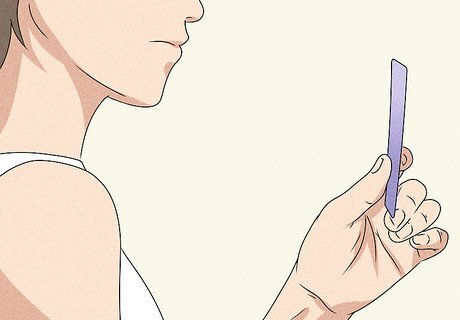
Interpret the card's message about your life. Spend some time thinking about how the card relates to the intention you set, and what it might mean in response to your question. Look at the images, symbols, and colors on the card, and think about what stands out to you or draws your eye. These details might provide insight into the practical steps the card is encouraging you to take, or the spiritual messages it might be asking you to meditate on. For example, if you pulled the Ace of Wands, a new opportunity for growth, or a spark of creativity may be coming your way. Or, if you pulled the 3 of Pentacles, this might symbolize a need for more collaboration or teamwork in your endeavors. It could also be encouraging you to be more willing to listen to others. Try thinking about how you would explain the card if you were doing a reading for someone else. In some ways, you should treat yourself like a client.
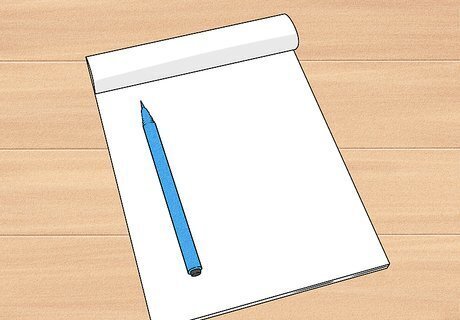
Keep a notebook where you jot down reflections from your reading. This can be a great resource to look back at over time. Especially as situations, both internal and external, are resolved, it can be neat to reflect and see how something you thought about a few months ago has now come to fruition or resolved. This can be as simple as jotting down a few sentences after each reading. Or, you could use your journal to do more internal searching and write out what you think and feel about the meaning of your card.
Types of Tarot Spreads
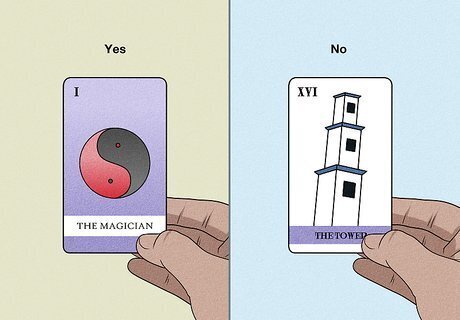
Do a simple yes/no tarot reading. This is a fun and easy option for a beginner. It involves asking the tarot one yes or no question, and then pulling a single card for your answer. Just be sure to pick a question that can be answered with a simple “yes” or “no,” and only ask one question at a time. Each card in the tarot deck either means “yes” or “no.” The Magician, for example, is usually interpreted as a yes, while The Tower usually means no. You can usually find out if your card means yes or no by reading the booklet your tarot cards came with, or looking it up online. Here are some examples of yes/no question you could ask: Is there a positive change coming my way in my romantic life? Am I on the right career path? Is there good energy surrounding my friendships right now?
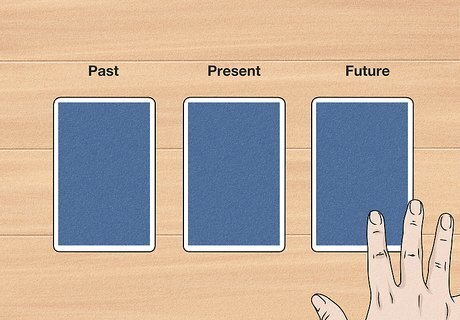
Do a 3-card past, present, and future spread. This is a classic spread that helps you focus on where you’ve been and where you’re going. Remember to set your intention before you shuffle the deck. After shuffling, pick 3 cards and lay them down in front of you from left to the right. The first card represents the past, the middle card the present, and the rightmost card the future. There are many different 3-card spreads to choose from. For example, the first card can represent a situation, the second card the obstacle, and the third the action you can take to address it. You could also do a romance reading, with the first card representing you, the second card representing the other person, and the third card representing the relationship as a whole.
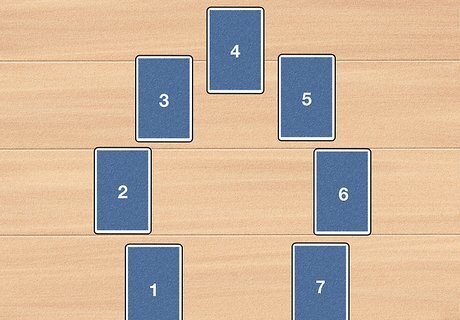
Examine a problem more intimately with a 7-card spread. This is an excellent method if you want to combine a more comprehensive spread with specific and actionable cards. First, think about a particular situation you need guidance for. Next, shuffle the cards, and lay the top 7 ones in front of you from left to right, or a horseshoe pattern. Interpret the cards in this way: 1st card: represents the past—where you’re coming from or what you’ve accomplished or worked through. 2nd card: shows your present situation. 3rd card: represents the future or where you’re heading. 4th card: is advice about what you need, whether that’s something internal you need to focus on or something external you need to do. 5th card: is about the people you’ll need or come into contact with or general advice about how you need to interact with people. 6th card: represents obstacles you might face, whether those are external or internal. 7th card: is the outcome, what you can expect at the summation of the experience, event, or situation.
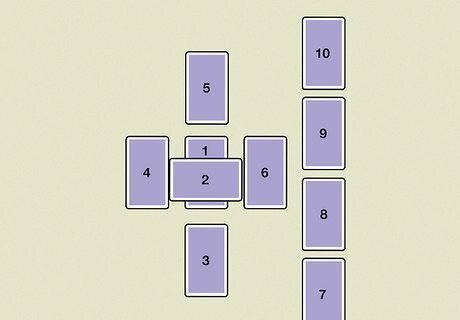
Try out a 10-card Celtic Cross spread. The Celtic Cross is a popular tarot spread that allows you to explore a question in depth. After shuffling, draw your first card and place it in front of you. Next, draw your second card and place it across the first card. Place your third card on the left side of your first card, and place your fourth card on the right side of your first card. Place your fifth card above your first card, and place your sixth card below your first card. Next, arrange cards seven, eight, nine, and ten in a vertical line to the right of the cards you’ve already laid out, with the seventh card at the bottom and the tenth card at the top. Here’s what each card represents: 1st card: The present/your current situation 2nd card: The challenge you’re facing or the obstacles in your way 3rd card: The past 4th card: The future 5th card: Your conscious goals and desires 6th card: Your subconscious or underlying feelings 7th card: How you see yourself, and how this can influence the outcome of the situation 8th card: External influences, how the world around you affects the situation 9th card: Your hopes and fears 10th card: The outcome
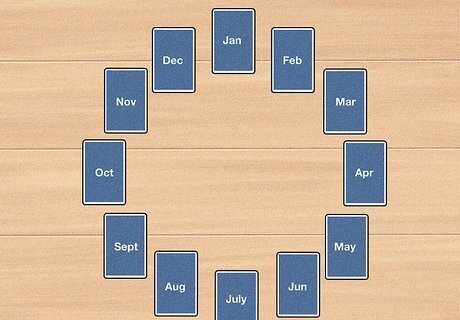
Do a 12-card spread at the beginning of the year. Ask yourself something like what the year will hold for you, and shuffle your cards. Begin choosing cards from the deck, and place them face down in a clockwise circle with the first card for January at the 12 o’clock position. The second card represents February, the third March, and so on. Once they’re in place, flip one card over at a time, and spend a few moments reflecting on the card and its message for each month. You could also do this on your birthday to gain insight into the next year of your life. For this spread you’ll likely want to take notes to refer back to as each month passes.




















Comments
0 comment